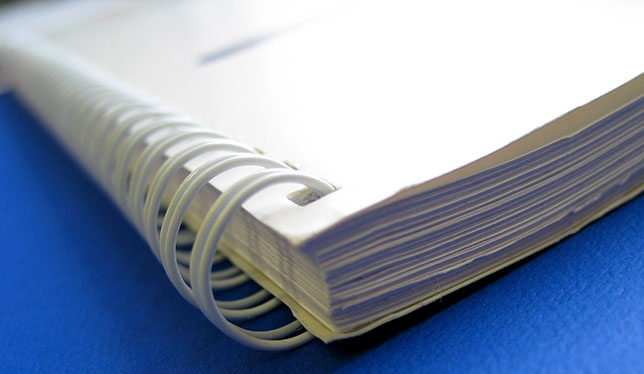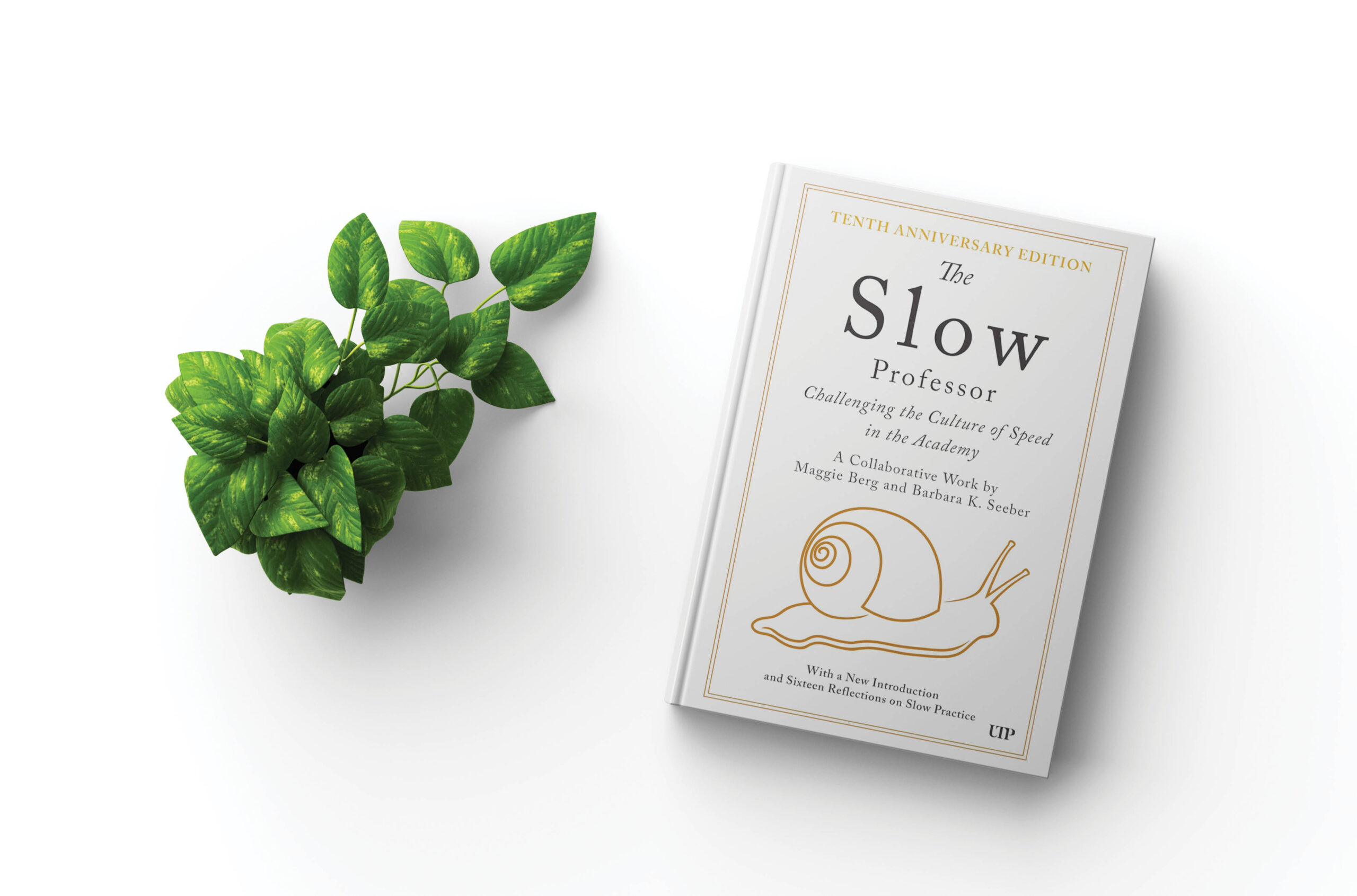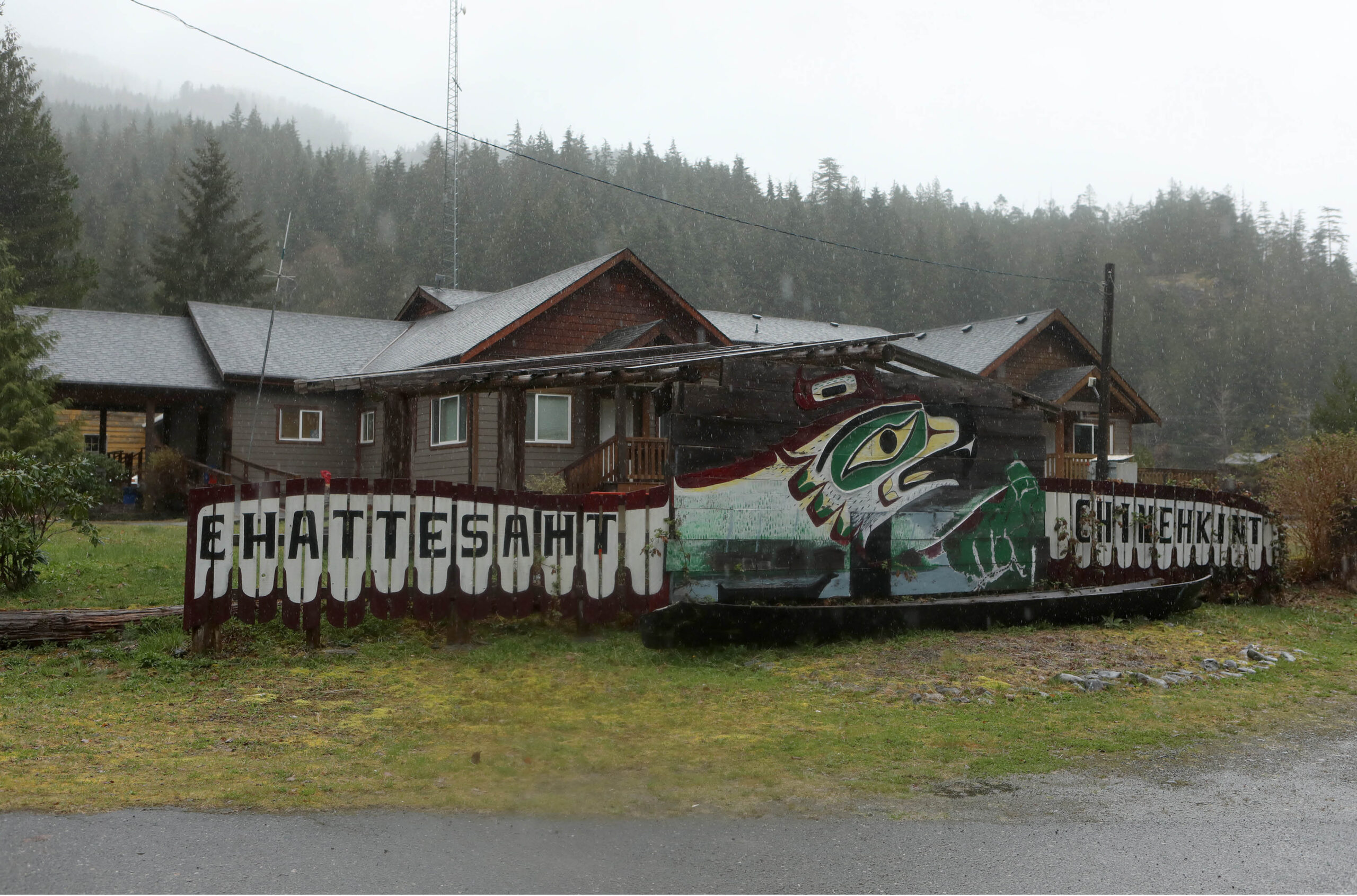It’s time to retire ‘white paper’
Deconstructing the racial and historical context surrounding the controversial term.

Questioned by community members and partner organizations about why we are still using the term “white paper” (also cited and referred to as whitepaper) the chairs for women in science and engineering (CWSE) began a journey of discovery into the history of the term and data gathering on how the term is used and perceived.
Our research team discovered that the term “white paper” is used by a wide range of professionals to describe material made available to the public through non-traditional publishing. Originally intended to articulate a government policy position, a “white paper” now refers to any document meant to educate and aid decision making. They are used in government, politics, academia, business and technical fields. However, there is no universal definition. The term is vague and fails to clearly reflect the content or objectives of a specific project. According to individuals with expertise in library science, there is currently no formal way to classify white papers.
The historical significance in Canada is different than other countries because of a specific policy paper: “The White Paper, 1969” (formally the Statement of the Government of Canada on Indian Policy, 1969) which refers to a Government of Canada policy paper proposing changes to the Indian Act. The policy itself was strongly opposed by Indigenous peoples.
Discussion of “white” that identified biases of white as good, and black as bad occurred as early as the 1970s (Burgest, 1973). The practice of categorizing terms as white or black to denote good and bad is racially biased. Equating white with authority also implies superiority of peoples or individuals based on race. No matter the intent of the authors, or the historical origin of the term, “white paper” is problematic because it is meant to connote authority.
We invited experts from across Canada to attend a consultation meeting to explore the use of the term and gather personal and professional views on creating a new naming convention. Participants included academics, researchers, librarians, Indigenous leaders, science policy experts and other leaders who work or are advocates in areas of racism, de-colonization and who use or would be impacted by the term.
The group agreed that “White” used to connote authority in general is an issue and the hierarchies inherent in the creation of white papers are seen as artefacts of colonialization. The term is exclusionary to some groups, and evokes racism, privilege, power or oppression.
After discussion, the group proposed three possible renaming approaches. The first option is to replace “white paper” with a universal term. For example, “Position Statement” is context driven; while the term “Briefs” works well because it outlines the issues and opposing sides as well as moves away from the hierarchal nature of scholarly titles. This would likely increase broader reader engagement. The group also identified using “Resource” versus “Document” because it encompasses non-written communication such as video or visual representations. The second option is to embed specific names that describe the type of document. For example, calling the document what it is: survey, policy, consultation, case study, technical document, etc. The third option combines a new term with embedded names and might assist in capturing multiple resources. An example would be a universal term followed by a specific category such as Brief-Technical Document.
This work to date has deconstructed the term; and shapes the starting point to retiring and renaming the term “white paper”. Language that embeds a new term must be inclusive, non-racialized and take into consideration the historical context. Using “white” as synonymous with authority is the antithesis of inclusion.
To heal from the past and support the process of reconciliation, we propose ending the use of the term “white paper” and creating practices for naming documents that align with the United Nations Declaration on the Rights of Indigenous Peoples and the Truth and Reconciliation Calls to Action.
While we build consensus on a new naming procedure, we are advocating for the use of specific names that describe what a document or resource entails. By embedding descriptors into resource titles, we will be able to retire the racist language of “white paper” while gaining consensus on a universal term.
We respectfully acknowledge the Syilx Okanagan Nation and their peoples, in whose traditional, ancestral, unceded territory UBC Okanagan is situated and the Mississaugas of the Credit First Nation in whose traditional, ancestral, unceded territory where the focus group event took place.
Jennifer Jakobi is a professor in the faculty of health and social development at the University of British Columbia Okanagan. She also holds the NSERC chair for women in science and engineering for BC and the Yukon.
Featured Jobs
- Business - Assistant Professor (Digital Technology)Queen's University
- Sociology - Professor (Quantitative Data Analysis Methods and Social Statistics)Université Laval
- Biochemistry, Microbiology and Bioinformatics - Faculty Position (Microbial Systems Biology, Omics Data Analysis)Université Laval
- Peter Guo-hua Fu School of Architecture - Assistant Professor (tenure-track)Mcgill University
- Law - Assistant or Associate Professor (International Economic Law)Queen's University















Post a comment
University Affairs moderates all comments according to the following guidelines. If approved, comments generally appear within one business day. We may republish particularly insightful remarks in our print edition or elsewhere.
8 Comments
Burgest, D. R. (1973). The racist use of the English language. The Black Scholar, 5(1), 37-45.
Is writing such an article a requirement to get or renew funding from Critical Social Justice ideology driven NSERC?
This article has a perfect title, and you learning new reading beyond it. I yearn for the day when scholars no longer try to limit the use of language by identifying and proscribing “problematic” words.
This seems like an excellent example of how academics focus on issues of no consequence as a way to avoid doing things that actually change the material condition of oppressed people. Power always protects itself, sadly.
As an aside, the contrast class for a white paper is not, as the authors imply, a black paper, but a green paper.
Wow. Just wow.
For the most part I support DEI, but I believe this article is a great example of why so many people do not.
The term “white paper” refers to the colour of the cover, which indicates what stage of development and/or type of document is contained between the covering pages. In Canada, a white paper is a document which has a covering page, which indicates that the document has been approved by Cabinet and tabled in the House of Commons and is public record. A green paper is a document which has a green cover, are consultation documents and propose strategies to deal with the finer details of legislation. It has nothing to do with race. Caucasians are not the only things that are white. Get a grip and stop being racist.
What a waste of time and internet bandwidth. Funny, because I just googled “white paper” after having just read one about a topic I am researching in medicine. I realized I did not know the nature/origin of the term and thought I would look it up. I knew, the moment I googled it I would likely find entries like this. Perhaps surprisingly, Stanford Uni provided a reasoned and well researched answer. They also included the definition for “pink” and “green” papers. They avoided seeing it through the Critical Social Justice worldview. Sometimes a cigar is just a cigar.